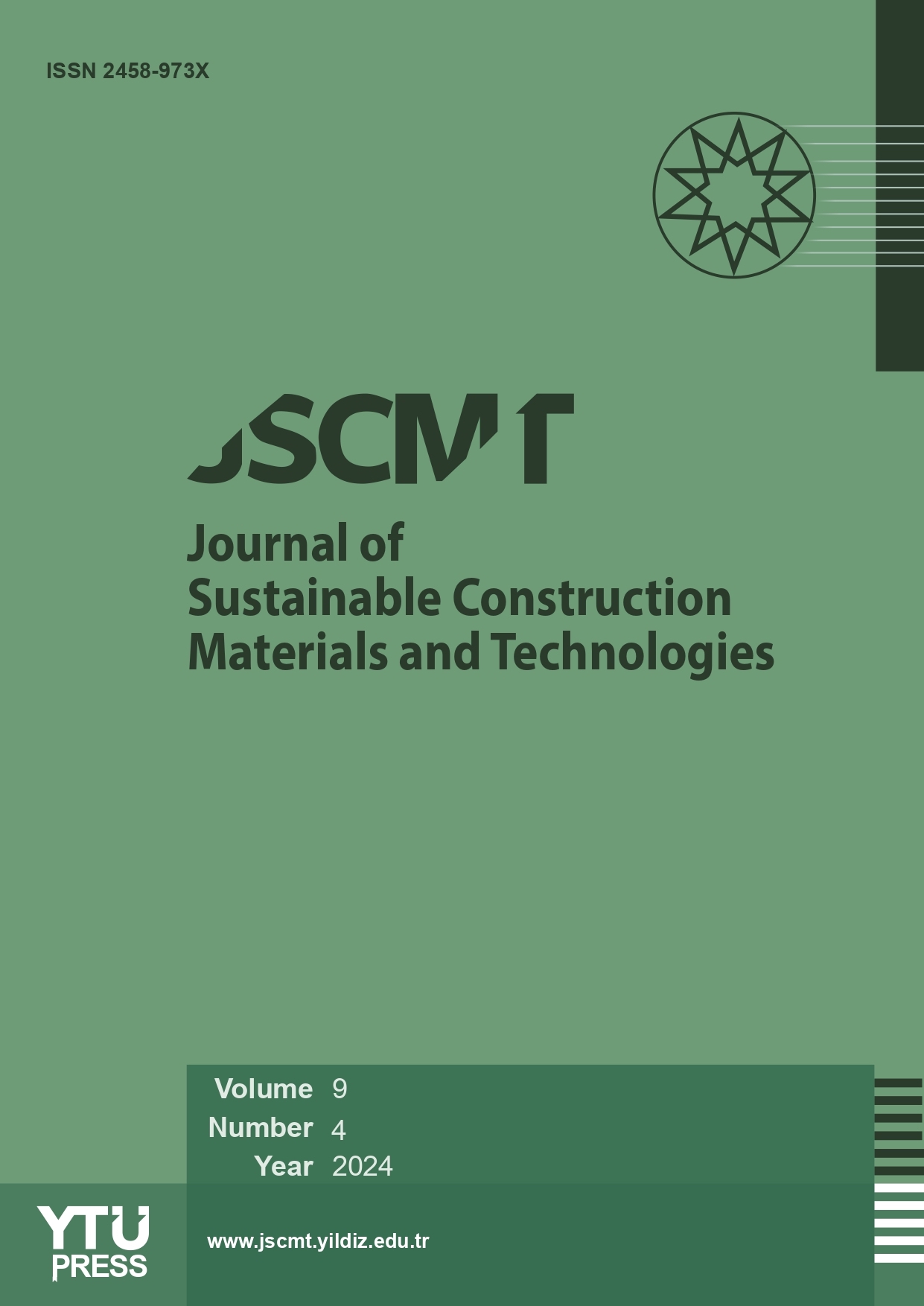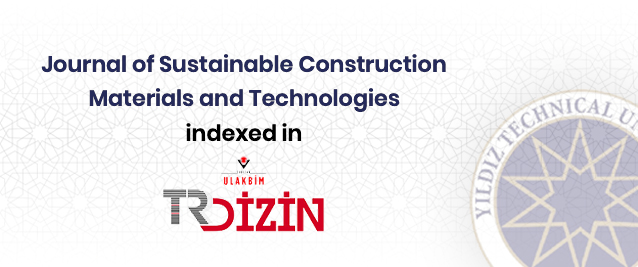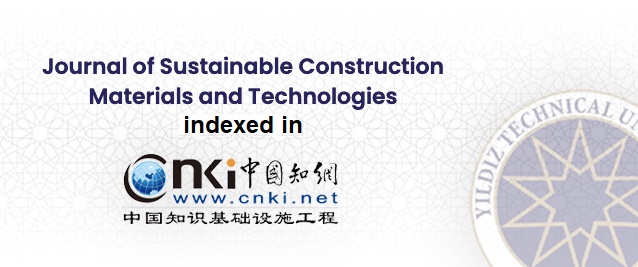2Department of Chemistry, Faculty of Arts and Sciences, Namık Kemal University, Tekirdağ 59030, Turkey
Abstract
Based on the need to rely on sustainable feedstock, depend less on fossil resources and decrease carbon emissions, biomaterials and bioplastics as substitutes of conventional petroleum based plastics have been the focus of many material scientists, architects and industrial product designers. Therefore, this article is an experimentation on the possibilities of starch based bioplastic production. The focus of the article is to understand the limits of this new material and figure out whether starch based bioplastic material can be used in architecture, both as a facade material and an interior space furnishing.
Based on Steven’s bioplastic formula, starch based bioplastic is produced handmade as a surface and cubic specimens with different developed variations in this article. Different starch types, such as potato, corn, wheat and tapioca are tested and mixed with pellets known as local agricultural waste, natural fibers and aggregates. Within the research bioplastic produced from potato starch is formed and molded firstly as a sheet and secondly as a three-dimensional material and tested for vulnerability and durability. The research expands to understanding how organic and inorganic interventions can be made in order to increase the life span of the material, make it durable and resistant to humid and weather conditions. It is observed that tapioca starch gives the finest, smoothest, flexible and strengthful biopolymer among all.
Issues on sustainability, designing and sensing the unpredictable and searching for “new” materials for a greener and sustainable future are the main core of bioplastic production. Regarding the negative carbon footprint and long-term environmental effects of fossil-based plastics through landfill and incineration, the search for such a material brings forth a deeper material experience along with a further collaboration of architects and engineering disciplines. Through this production, we need to figure out deeply the nature of new starch based materials in architecture, which are eco-friendly, cheaper and more strengthful materials compared to conventional synthesized polymers.















